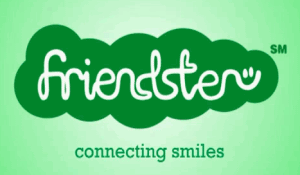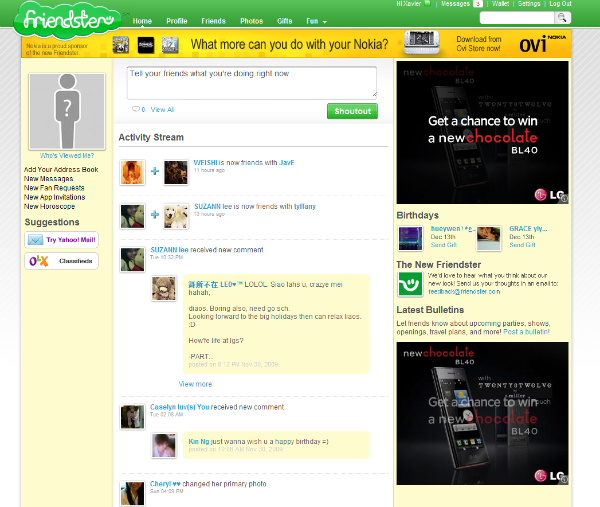 In an exclusive interview with Tham Yuen-C of The Digital Life, The Straits Times, Friendster’s Asia head Ian Stewart told him that he sees nothing wrong letting his staff use Facebook and other social networking sites on the job.
In an exclusive interview with Tham Yuen-C of The Digital Life, The Straits Times, Friendster’s Asia head Ian Stewart told him that he sees nothing wrong letting his staff use Facebook and other social networking sites on the job.
Instead of banning employees from accessing social networking sites in the office of the media company he worked for, Ian Stewart encouraged his employees to use it. These sites are how the “expat kid”, who has lived in Asia for 20 years, keeps in touch with his friends and family around the world and he is on them some eight hours a day.
“If a company accepts that people mutli-tasks 24/7 and they have to take conference calls over the weekends, they should get to balance their lives during the day,” said the 40-year-old who has been Friendster’s head in Asia since April. “If they can check their e-mail, why can’t they check their social networking site Inbox?”
He is a member of more than five social networking sites and says he uses different ones for various reasons. Friendster and Facebook are mainly for connecting with friends and family, while MySpace is for discovering new bands. Social networking has become so common that it is no longer just social networks fighting with other social networks, he said. So who are Friendster’s competitors? “It could be a football field or a TV show. Basically, anything that competes for a person’s free time,” he said.

How is Friendster doing?
W are growing. If you add up all of our global numbers, we have 100 million registered users all over the world. At the moment, 80 per cent of our users come from South-east Asia. Our top countries include the Philippines, Indonesia, Thailand and Vietnam.
How are you differentiating yourself from the competition?
We found that if you want to connect with the local people, you need local concepts. So now, we are behaving more like a local website than a global one. We have set up offices in the key countries we are in and, beginning next year, we will start to organize events and concerts for users in those countries in Asia.
We have been around since 2002 and we have done it the other way, run a global concept and try to tap a global audience.
Wouldn’t a global site reach a bigger audience?
We are not small. But when you are talking to an advertiser, it does not really care that you have 17 people in Kenya. It wants to know how many people you can connect it with in the market. You can be all the things to all people if you want but perhaps that is not always the best positioning strategy. From a social networking point of view, I do not think any site will survive to serve all the demographics. Successful sites will service certain people for certain things very well.
Do people in Asia use social networking sties differently from people in the United States?
Everybody tends to move in a more linear way in America, from Friendster to MySpace to Facebook and perhaps now to Twitter. They all jumped to each site together. But Asia is a fragmented social media market. Here, people use lots of different social networking sites on a regular basis. They have different sites for different friendship groups and different purposes, like some for playing games, some for chatting with friends.
Friendster is a place where it is them and their friends and less likely to be them and their teacher or uncle or parents. We are a site where they can connect with their friends. It is like a sign that says “No parents allowed.” It is like their bedroom.
What’s next for Friendster now that it has been acquired by Malaysian online payments provider MOL Global?
We were already working with MOL Global for our gift store payment system. Now we will be able to accelerate our gaming and social shopping components. Gaming is already launched and social shopping will follow soon in the coming year. The old model was the advertising-centric way of doing things but we believe the future is in virtual goods and currency.